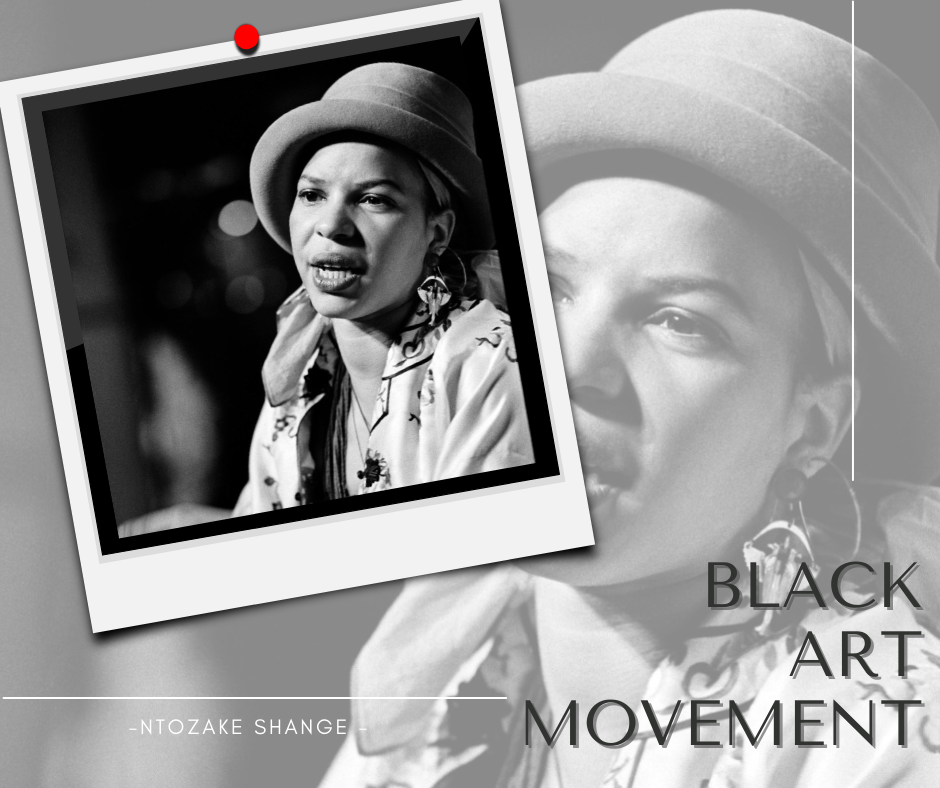The Black Arts Movement—also known as BAM—has been described as the “aesthetic and spiritual sister of the Black Power concept. The Black Arts Movement is a subset of the Black Power Movement..” The Black Arts Movement was described by Larry Neal as a “radical reordering of the western cultural aesthetic,” with key principles focusing on “distinct symbolism, mythology, critique, and iconology,” as well as African Americans’ desire for “self-determination and nationhood.”
The movement began in the 1960s, and it was a response to what many African Americans saw as their lack of representation in mainstream culture. Some members of the movement were influenced by the civil rights movement, but others were not. They were instead inspired by ideas of Afrocentrism and Pan-Africanism.
The Black Arts Movement was also known for its use of art, music, literature, dance, and theater to celebrate blackness and explore black identity. Its participants included musicians such as Gil Scott-Heron (musician), Amiri Baraka (poet), Sun Ra (musician), Sonia Sanchez (dancer), Amiri Baraka (poet), Sterling Plumpp (poet) and Eddie Gladden (poet).
“There’s not a California style,” Shange said, “and there are certain emotions and a certain freeness that set those writers apart from those in the Chicago-St. Louis-Detroit triangle group…so that the chauvinism that you could see within this triangle, individuals don’t find too much in California.”

